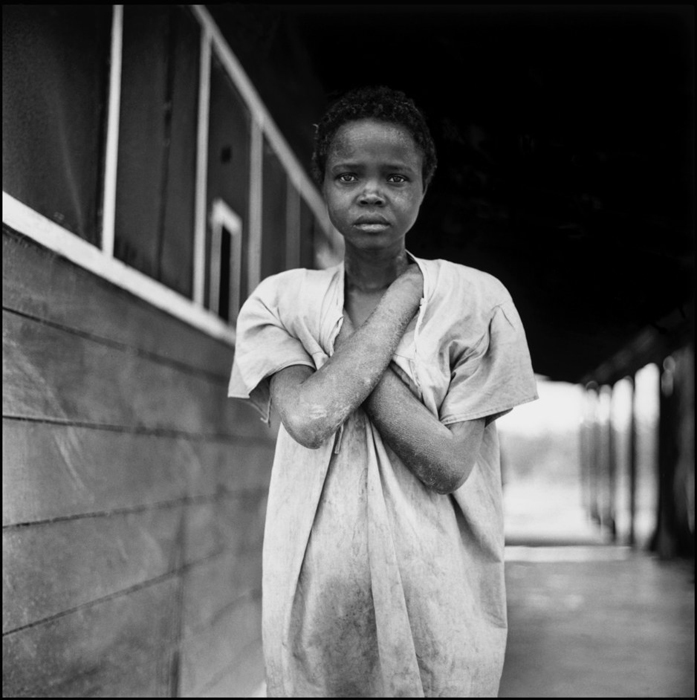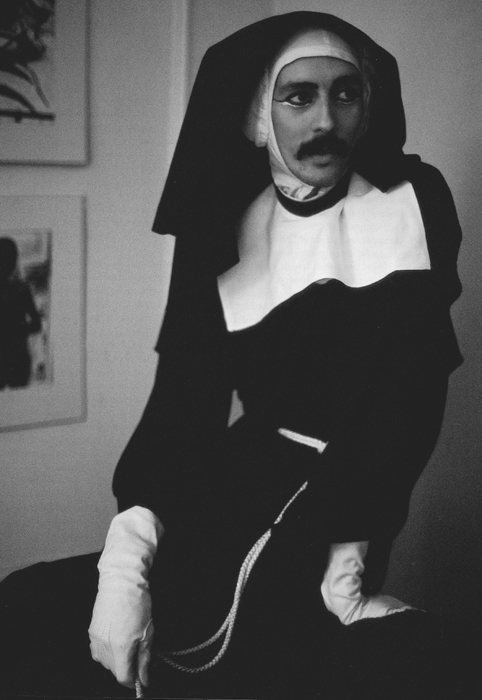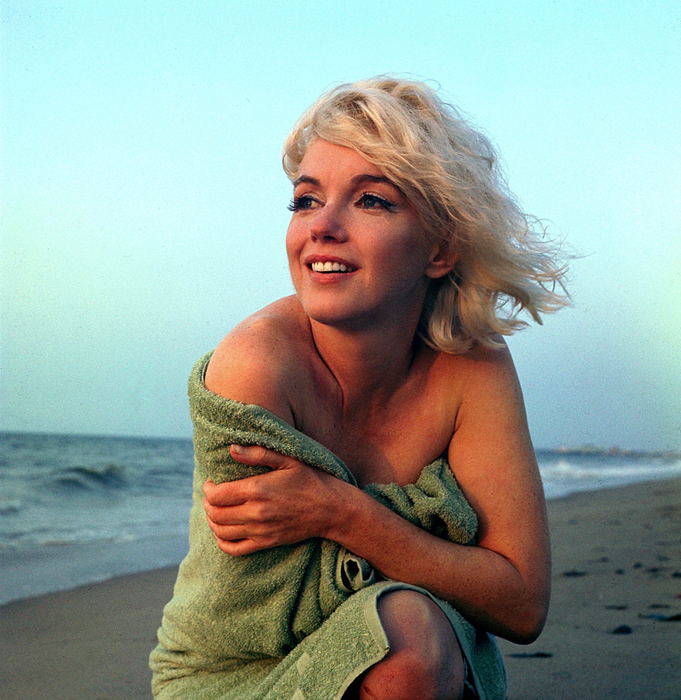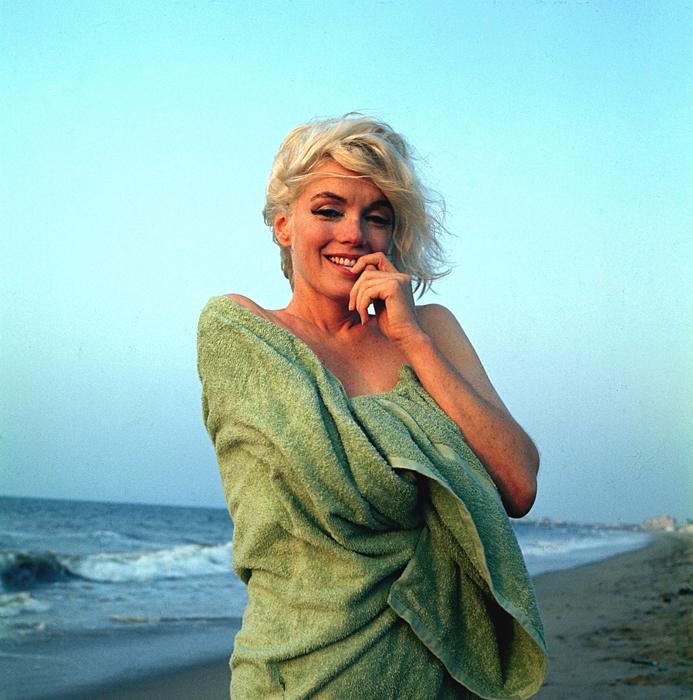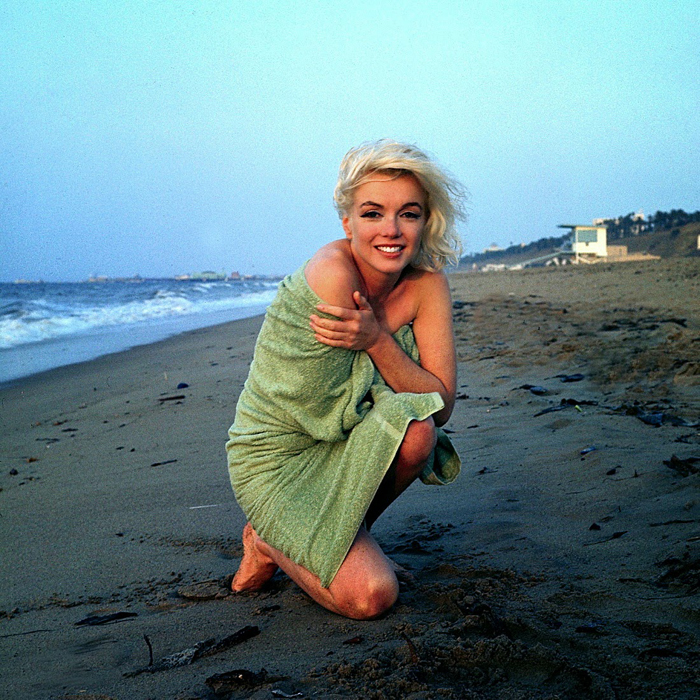One thing I like most about working with a camera is the challenge of making quick decisions. Not having to overthink before pressing the shutter and seeking a creative response to what's in front of me is very fun and stimulating.
Read MorePhotography
Portraits in the Street
I've always enjoyed looking at portraits taken on the street, and I don't mean just portraits of strangers, but instead, actual well planned and composed pictures of any individual in the midst of city life.
Read MoreHenry Street on a Rainy Day
I've always loved how rain sets me at ease and how it also makes me excited to see reflections, color or textures taking a new life. Not having to rush around when I heard that the weather forecast was calling for rainy weather was a great opportunity to take a photo walk.
Read MorePhoto Shoot at the Railway Museum
Location plays a significant role in photography. When it comes to setting up a photo shoot, giving attention to its features, especially texture and scale can provide the final result with a unique layer of context that turns each shot into something more substantial.
Read MoreBuilding Experience with Strobe Lighting
I recently began the process of updating to strobe lights. The strobe lights kit I used on this photo shoot consisted of two lights I purchased from Adorama during their year-end sale.
Read MoreExperiencing Street Portraiture
Confronting challenges, overcoming social anxiety, stepping out of my comfort zone; are three of the main factors I get from experimenting with street photography.
Read MoreAttempting Night Street Photography
I made my first attempt at night street photography on super bowl Sunday, which happened to be a rainy one.
Read MoreMy Creative Process: 1
I begin 2018 with a determination to set my creative language on its path to becoming more thoughtful, better composed and executed. To do work with purpose is now more critical than it ever was.
Read MoreCamera Experience: Mamiya RB67
After many years wanting to try medium format photography, I finally was able to get my first medium format camera, a Mamiya RB67.
Read MoreWorking on Consistency
What I wanted to get from my photo shoot with CT model Savannah Rain, was a low-key photographic style; while having the texture on the wood floor and the ornamental features in the vintage chair add character to each shot.
Read MoreDocumenting an Art Class
I’ve been interested in candid photography for some time now, so I didn’t hesitate to accept an offer from artist Eddie Nino to document one of his private art classes.
Read MoreArtistic Instruction from Artists Themselves, Online
As someone who loves art, I couldn’t be happier when I’m surrounded by artistic content, and for many years I would just surround myself with art books and the occasional art documentary from my local library.
Read MoreWhat you don't do matters just as much
A big part of whatever creative activity I do, involves asking myself a few questions; like, how can I do it differently?, and what I can learn from my previous mistakes?
Read MoreShooting Film: Because, why not?

There’s a sense of rawness with film photography that I’m very attracted to, and having worked exclusively with a DSLR for as long as I have, was beginning to feel somewhat shallow. I certainly like that feeling of uncertainty after you press the shutter and advance the film on a film camera.
Read MoreCreative Process: Portrait Photography with Off Camera Flash
Portrait photography has always been very interesting to me, everyday i get to see online great portraits taken by awesome photographers from all around the world, and those I like most are the ones where people seem unposed and naturally lit.
Read MoreEmpathy on the Main Light
Eve Arnold began her career as a photographer in the 50s, she endured a long lasting career that covered more than 40 years. A founding member of Magnum Photos alongside Robert Capa, Henri Cartier Bresson, Werner Bishop and David Seymour; Eve Arnold had the ability to earn the trust of people she photographed, ranging from iconic movie legends to migrant workers. I highly recommend visiting her bio page and portfolio in Magnum’s website: Magnumphotos.com
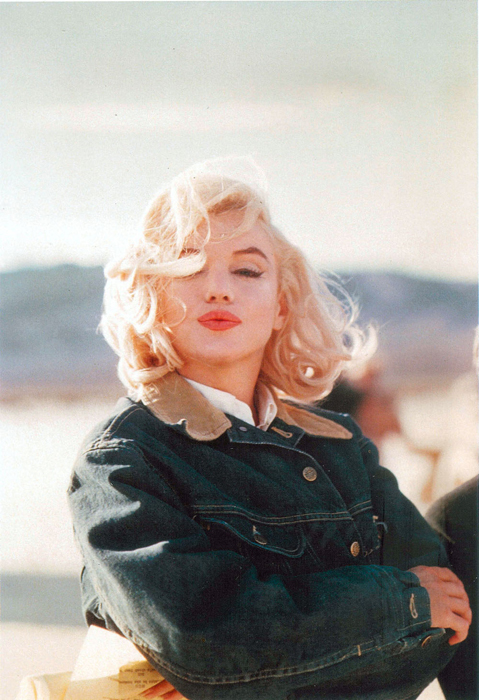
“She (Marilyn Monroe) would call me whenever she had something she wanted me to do, that she felt I could do for her”.-Eve Arnold
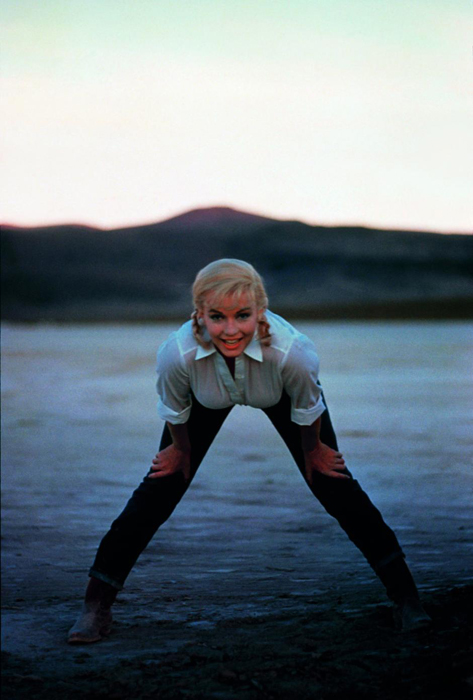
During a Photo-shoot
On this post, I want to share the second part of my notes after my photo-shoot with Jarelys de Jesus as we were coached by professional photographer Greg Geiger.

Contact Links:
- Jarelys de Jesus (Model)
- 95 Studio Photographix (Photography Coach/Studio)
- Ferdinand Garriga (Stylist)
Model on Set Once the model is no set, the first thing the photographer must do is to show the model where the main light and the sweet spot is; in fact, it is common that more experienced models ask that question long before they start to get ready, so that’s definitely something to keep on mind when working with professional talent and is most advisable for emerging talent to get in the habit of asking it.
Lens On this photo shoot I worked with a 70-250MM Cannon lens, which allowed me to tighten or expand the composition without bringing distortion. I learn from Greg that when it comes to fashion photography zoom lenses are common because it helps both the model and photographer maintain their personal space. Also, having a lens hood can ensure consistent lighting, and keeping the aperture in check is something to keep an eye on, especially as the photo-shoot progresses and the model change poses, or ward drove.
The selected outfit determines how to pose the model This is another pointer that may seem obvious, but it is an important step to keep in mind if for some reason the model becomes static, and this is another reason why looking through the outfits with the model before the shoot begins really helps, as it increases the chances to get more variety into the shots.
Line and Shape/Design Decisions One thing I became reassured of by being coached with Greg, is that during the first stages of the shoot and as the model begins to feel comfortable, it’s best to start with a simple outfit, preferably one with no patterns and symmetric cuts, that way, the photographer (especially if he’s inexperienced as me) can begin to make design decisions based on the relationship of shapes and angles.
Establish a pose to test and adjust the lights Establishing a pose to test lights brings us one step closer to start having fun, and though I have to admit that long before this point I felt ready to start taking pictures, having Greg around to adjust a kick light and reflective board made all the difference in the end result. Thus said, God is in the details.
One pose can lead to endless variations That establishing shot comes really handy to help the model set her mind into the moment by adding variety with simple hand movements and head twists.

En este post quiero compartir la segunda parte de las notas que ajunte después de mi sesión de fotos con Jarelys, consejos prácticos que recibí directamente de el fotógrafo Greg Geiger.
Cuando la modelo esta lista Una vez que la modelo este lista y entre en el set, lo primero que el fotógrafo debe hacer en enseñar desde donde proviene la fuente de luz principal y el lugar donde se encuentra la mejor iluminación, o como se traduciría literalmente como “El punto dulce”. De hecho, puede ser común que esta pregunta sea algo que los modelos profesionales haga mucho antes de estar preparados, una de las demás razones el porque es importante estar listo con anticipación .
El Lente Durante este sesión de fotos use un zoom canon de 70-250MM, lo que permite en este tipo de fotografía acercarse y expandirse lo suficiente sin que haya distorsión. Algo que aprendí de Greg es que una de las razones del porque este tipo de lentes es común en fotografía editorial es porque también permite que tanto la modelo y el fotógrafo tengan control de su propio espacio;; por otra parte, mantener el lente con su respectiva cubierta permite bloquear rayos de luz indeseados; y por ultimo, estar pendiente de cualquier cambio de apertura es también muy importante, sobre todo mientras la sesión de fotos progresa,
El tipo de ropa ayuda a definir las poses Esto es otra de esas cosas que puedan parecer obvias, pero si por alguna razón la modelo (o el modelo) se va quedando estático, es importante para el fotógrafo conocer el diseño de la ropa o los accesorios que se lleva puesto y de esta manera poder agregar variedad a las tomas. Sin duda alguna que la interacción con la modelo y el estilista antes de iniciar la toma de fotos es de mucha importancia para que fluyan bien las cosas.
Línea y Forma/Decisiones en Base al Diseño Una de las cosas en que me pude reafirmar gracias a ser instruido por Greg fue que ayuda mucho iniciar la sesión de fotos con un diseño de prendas simples y cortes simétricos, de esa manera el fotograbo (sobre todo si es novato como yo) puede componer cada toma basándose en la relación de líneas y formas.
Establecer pose para ajustar iluminación El establecer una pose mientras se ajusta la iluminación nos acerca un poco mas al momento divertido de la sesión de fotos, y aunque debo admitir que antes de este punto ya estaba ansioso por tomar fotos, ser instruido por Greg en ajustar luces de acento y usar un reflector hizo toda la diferencia. Sin duda que Dios esta en los detalles.
Una pose puede llevar a mucha más opciones Una sola pose puede abrir la puerta a una gran variedad de tomas, con gestos tan simples como movimientos de manos, o giros del rostro.
Getting a Taste for Fashion Photography
I recently had the chance to work on a photo-shoot with a wonderful model and friend, Jarelys de Jesus; we were both directed by professional photographer Greg Geiger, who welcomed us into his studio, -95 Studio Photographix- over in Milford, CT, we were joined by Ferdinand, a great stylist who helped Jarelys keep all things in checked. Greg gave us valuable pointers when working on a photo-shoot, which I’m glad to share on this post.
Read MoreHenri Cartier Bresson

He is one of the most celebrated photographers, Looking at his work in retrospect, not only I am able to assimilate his keen eye for human behavior but also his perception for social impact.
Read MorePhoto Walk: Fort Stamford Park
I often drive by Fort Stamford Park, and on an early misty morning I made sure I would have my camera within reach so I would step out of the car and take some pictures.
Read More













